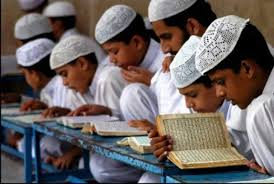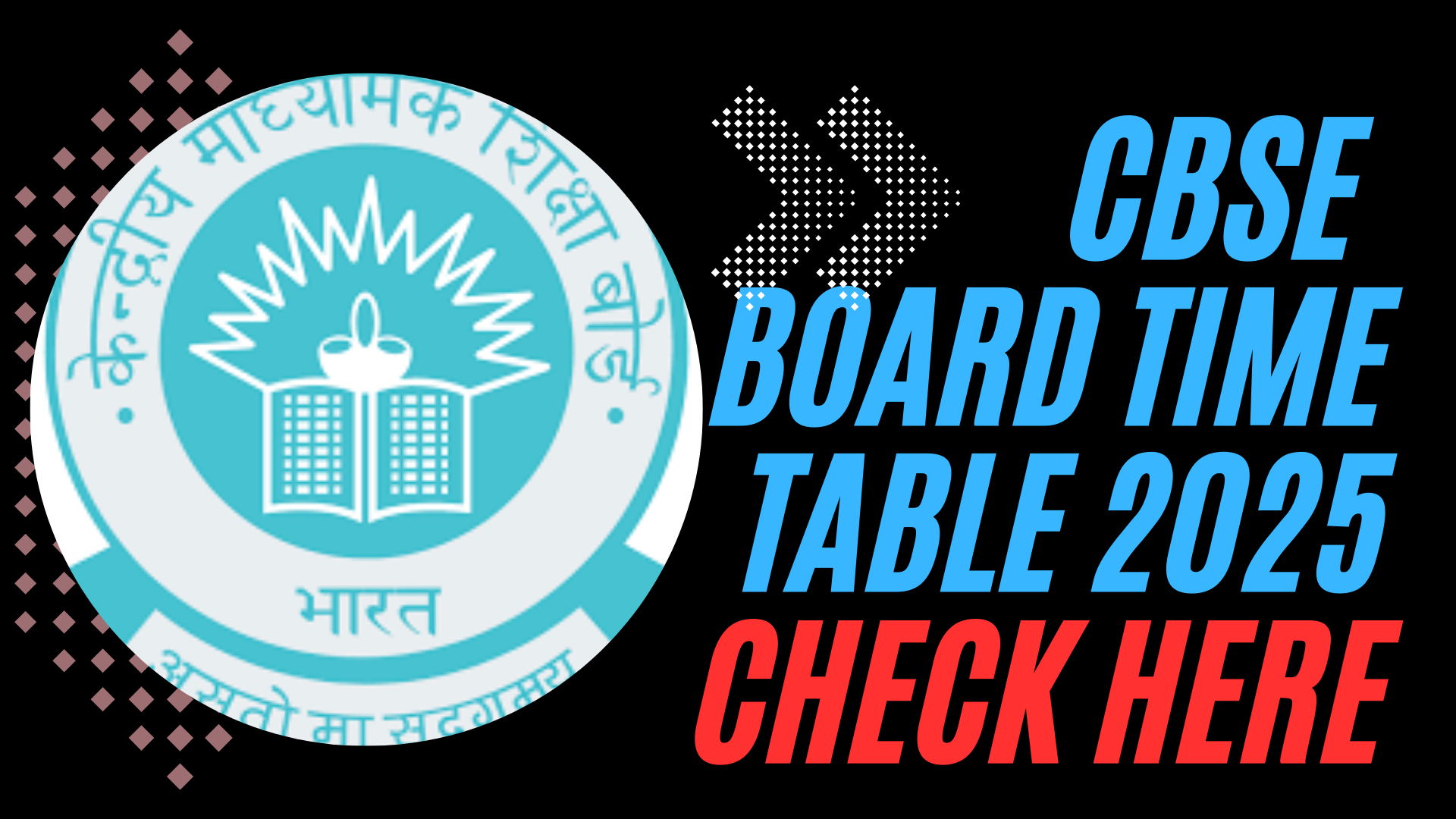Background: What Are Madrasas?
Madrasas are Islamic educational institutions that have played a significant role in imparting religious and secular education within the Muslim community. Traditionally, these institutions have been pivotal in providing access to education, especially in rural and underserved areas. However, growing concerns about educational quality and adherence to secular principles have put madrasas under scrutiny.
The NCPCR’s Stance
The NCPCR has raised significant concerns regarding the functioning of madrasas, particularly their exemption from the provisions of the Right to Education (RTE) Act, 2009. According to NCPCR Chairperson Priyank Kanoongo, this exemption has led to the exclusion of children attending religious institutions from the formal education system, depriving them of the quality education guaranteed by the RTE Act.
In its letter, the NCPCR urges the removal of non-Muslim children from madrasas and their enrollment in formal schools. Furthermore, it recommends that Muslim children attending both recognized and unrecognized madrasas be integrated into formal schools to ensure they receive education aligned with the RTE Act’s prescribed curriculum and schedule.
Kanoongo’s letter argues that Articles 29 and 30 of the Constitution, which protect minority rights, have been misinterpreted, resulting in the deprivation and discrimination of children in madrasas. He contends that while these articles are meant to empower minorities, they have inadvertently created layers of educational inequality.
Accompanying the letter, the NCPCR has sent a detailed report titled “Guardians of Faith or Oppressors of Rights: Constitutional Rights of Children vs Madrasas.” This report claims that many madrasas violate children’s educational rights, noting the lack of trained and qualified teachers. It argues that most madrasa teachers rely on conventional methods of teaching the Quran and religious texts rather than meeting the qualifications and standards outlined by the National Council for Teacher Education.
The report highlights several key findings:
- Educational Disadvantage: The absence of qualified teachers and adherence to the pupil-teacher ratio specified by the RTE Act leaves children in madrasas at a significant educational disadvantage.
- Curriculum Concerns: The curriculum taught in madrasas is not aligned with the RTE Act. The report raises alarms about the use of Diniyat books with “objectionable content,” texts that profess the supremacy of Islam, and the use of books published in Pakistan by the Bihar Madrasa Board.
- Quality of Education: Reports such as the “National Achievement Survey (NAS) 2021” indicate that some madrasas follow a syllabus aligned with educational standards from Pakistan, raising concerns about the appropriateness of the education provided.
The Legal Framework: RTE and Minority Rights
The NCPCR’s call for action raises important questions about the balance between children’s rights to education and the constitutional rights of minority communities. Articles 29 and 30 of the Indian Constitution provide for the right of minorities to establish and administer educational institutions of their choice. However, the NCPCR argues that these provisions have been misinterpreted, leading to the deprivation of children’s rights.
The Supreme Court is currently hearing appeals challenging the Allahabad High Court order, which declared the Uttar Pradesh Madrasa Education Act, 2004, “unconstitutional” on the grounds that it violated the principle of secularism and fundamental rights under Article 14 of the Constitution. The NCPCR’s findings will likely lend more weight to the Allahabad High Court’s order.
Community Reactions
The NCPCR’s findings and recommendations have drawn mixed reactions from the Muslim community and education advocates. Some view the move as a necessary step toward ensuring that children receive a quality education, while others argue that it threatens the cultural and religious identity of the community.
Community leaders and educators have expressed concerns that halting funding could lead to the closure of many madrasas, which have been vital in providing education to underprivileged children. They argue that instead of shutting down these institutions, the focus should be on reforming and improving the educational standards within madrasas.
Moving Forward: A Need for Dialogue
As the debate continues, it is crucial for all stakeholders—government officials, educators, community leaders, and parents—to engage in meaningful dialogue to address the issues surrounding madrasas. The goal should be to find a solution that respects the rights of children while also acknowledging the cultural significance of madrasas in the Indian educational landscape.
The NCPCR’s report and the ongoing legal proceedings present an opportunity for a comprehensive review of the madrasa education system. It is essential to develop a framework that not only aligns with constitutional provisions but also meets the educational needs of all children.
Conclusion
The controversy surrounding madrasas in India is complex and multifaceted, involving issues of educational quality, children’s rights, and minority rights. As the case progresses in the Supreme Court and the NCPCR’s recommendations are considered, it is imperative to ensure that the focus remains on providing quality education to all children, fostering an environment of inclusivity and respect for diversity.
What are your thoughts on the current situation regarding madrasas? How do you think India can balance the need for quality education with the cultural significance of these institutions? Share your opinions in the comments below!





